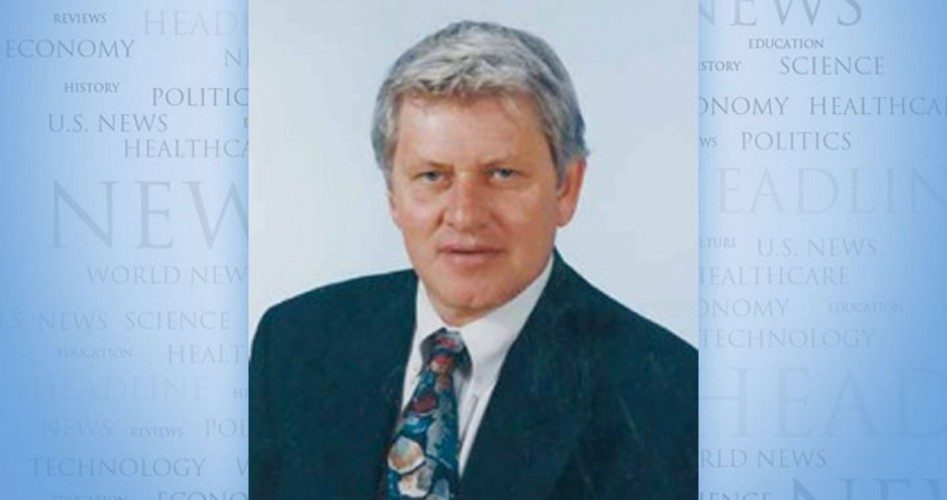
I’ll catch up a bit today in providing some responses to emailed questions and comments about economics from readers regarding some of my recent columns.
First, there’s obviously a battle still going on about Reaganomics. As one reader queried, “Didn’t Reagan give away tax cuts to the rich and lower the economic conditions of people at the bottom?”
In the same way, asked another reader, “Hasn’t Obamanomics delivered more income and freedom to more people than did Reaganomics?”
In fact, President Reagan’s initial tax reforms, the Economic Recovery Tax Act of 1981, reduced the top income tax rate from 70 percent to 50 percent while simultaneously providing a 25 percent across-the-board reduction in income tax rates for everyone else.
The Reagan tax reforms that followed in 1986 further reduced and simplified income tax rates, leaving just two rates, 28 percent and 15 percent.
As a sidebar, concerning ideology, it seems to reveal an overly pro-communalist and anti-individual predisposition when someone labels it a “give away” when a tax change simply allows people to keep more of the money they’ve earned.
Regarding the impact of Reaganomics on income changes among families in the bottom income quintile, official data from the Census Bureau on changes in real (adjusted for inflation) income in the poorest 20 percent of U.S. households show that incomes in the bottom income quintile dropped by five percent in the pre-Reagan years of 1973 to 1981 and decreased by three percent in the post-Reagan years of 1989 to 1995. In contrast, inflation-adjusted incomes for the poorest quintile increased by six percent during the Reagan presidency, 1981 to 1989.
Part of that increase in income in the bottom quintile was due to overall increases in economic growth, more job creation, less unemployment, increased upward mobility of workers in an expanding economy, and major drops in the rate of inflation.
On that point about inflation, price increases are especially burdensome for those at the bottom, for households that can least afford price hikes and can least afford to cut back. Pre-Reagan, the inflation rate was 11.3 percent in 1979 and 13.5 percent in 1980, in addition to double-digit interest rates and a prime rate peaking at 21.5 percent the year before Reagan entered the presidency. At the conclusion of Reagan’s presidency, in 1988, the inflation rate was down to 4.4 percent.
Regarding overall income changes for U.S. households at all quintile levels, federal data show that when “Jimmy Carter’s economic policies were in effect, family incomes plummeted by nine percent, but that after Reagan’s economic policies took effect, 1982 to 1989, family incomes rose by eleven percent,” report William Nisanen and Stephen Moore, chairman and director of fiscal policy studies, respectively, at the Cato Institute, in “Supply Tax Cuts and the Truth About the Reagan Economic Record.”
Similarly, a stated above, Reagan’s economic policies produced a strong and positive outcome with economic growth, job creation and declines in joblessness and underemployment, key economic improvements that disproportionately help the poor and unemployed.
As reported by Peter Ferrara, senior fellow for Public Policy at the Heartland Institute and director of policy at the Carlson Center for Public Policy, in his May 2011 column “Reaganomics Vs. Obamanomics”: While “the Reagan recovery averaged 7.1% economic growth over the first seven quarters, the Obama recovery has produced less than half that at 2.8%. After seven quarters of the Reagan recovery, unemployment had fallen 3.3 percentage points from its peak to 7.5%, with only 18% unemployed long-term for 27 weeks or more. After seven quarters of the Obama recovery, unemployment has fallen only 1.3 percentage points from its peak, with a postwar record 45% long-term unemployed.”
As Ferrara continued, “These are the reasons why economist John Lott has rightly said, ‘For the last couple years, President Obama keeps claiming the recession was the worst economy since the Great Depression. But this is not correct. This is the worst recovery since the Great Depression.’ ”
Ralph R. Reiland is an associate professor of economics and the B. Kenneth Simon professor of free enterprise at Robert Morris University in Pittsburgh.


